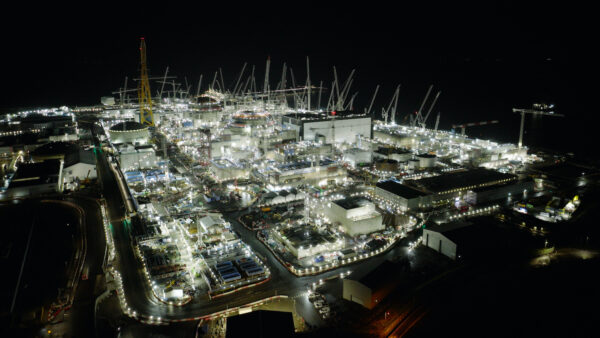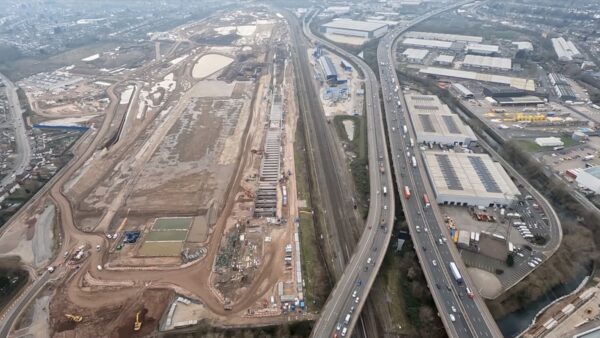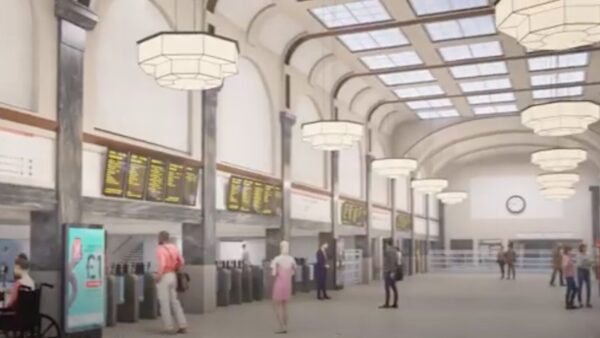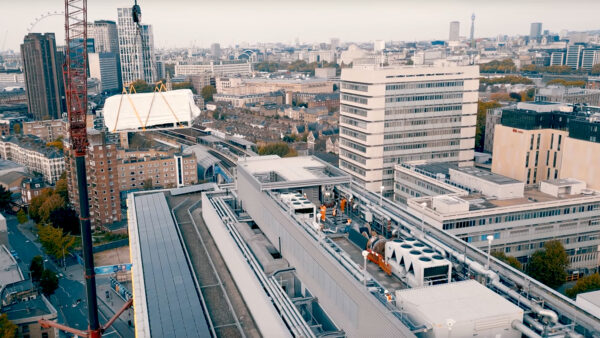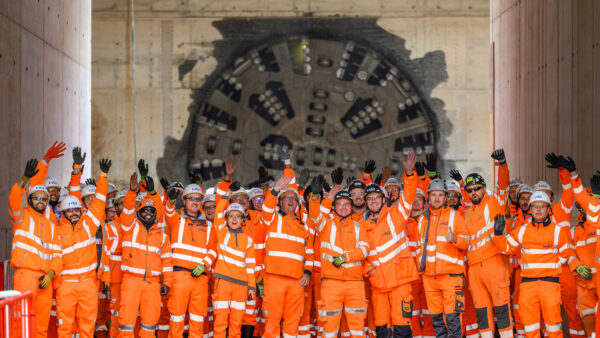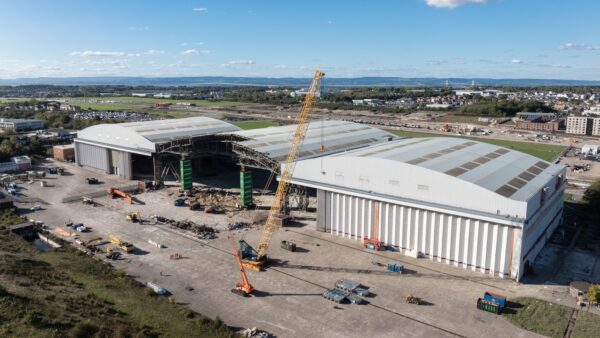Demolition specialist Thompsons of Prudhoe has demolished the Redcar blast furnace, a feature of the Teesside skyline since the 1970s.
Thompsons set up a 250m exclusion zone around the Teesworks site before detonating 175kg of explosive, placed in 40 different locations.
The demolition firm spent months preparing for the blowdown. That included surveys, cleaning equipment and pipework, and removing hazardous materials such as heavy fuel oil, coke oven gas residues, and asbestos.
Access challenges
Thompsons also had to strip out ducting, pipework, vessels and columns using heavy lifting cranes, rope pulling felling techniques, and ultra-high-reach machines.
The specialist also removed redundant walkways, loose sheeting and high-level pipework in preparation for the explosive demolition.
Redcar blast furnace had been exposed to the elements for years since it was shut down. A lack of roof panels meant that the weather had battered the structure.
Project manager Mike Stoddart said: “If we were able to access and move freely over the structure, we wouldn’t need MEWPs (Mobile Elevated Work Platforms) – the cast house floor is not designed for some of the heavy plant.
“There aren’t many blast furnaces around – and I’m sure if there was another one around to demolish, that would be a slightly different process as well. The site environment changes no matter where you are.”
Complex prop design system
He explained how a complex prop design system was in place to aid the demolition.
“We work from the bottom up rather than top down using the explosives. It’s a very challenging project – it’s the sheer scale of it.
“It’s heavy. We can use burning equipment, but two-and-a-half-inch steel and cast iron staves on the inside of the blast furnace don’t cut easily.”
He explained how Thompsons took samples of the steel offsite for testing so that the demolition team could work out how much explosive it needed to cut the steelwork.
He added: “There’s a lot of engineering involved in demolition now – more than people may perceive.”



